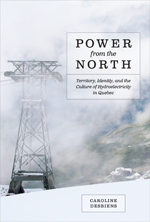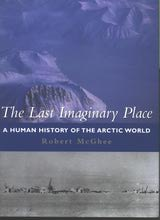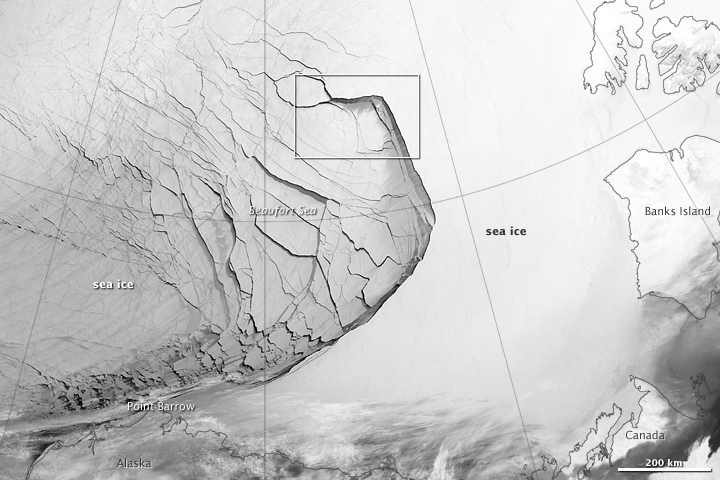Plan to meet later in the summer…
Click this link for contact details to be added to mailing list:
Caroline Desbiens’s new book
“Power from the North Territory, Identity, and the Culture of Hydroelectricity in Quebec,”
published by UBC Press:
http://www.ubcpress.ca/search/title_book.asp?BookID=299173852
About the Book :
 In the 1970s, Hydro-Québec declared “We Are Hydro-Québécois.” The publicity campaign slogan symbolized the extent to which hydroelectric development in the North had come to both reflect and fuel French Canada’s aspirations in the South. The slogan helped southerners relate to the province’s northern territory and to accept the exploitation of its resources.
In the 1970s, Hydro-Québec declared “We Are Hydro-Québécois.” The publicity campaign slogan symbolized the extent to which hydroelectric development in the North had come to both reflect and fuel French Canada’s aspirations in the South. The slogan helped southerners relate to the province’s northern territory and to accept the exploitation of its resources.
In Power from the North, Caroline Desbiens explores how this culture of hydroelectricity helped shape the material landscape during the first phase of the James Bay hydroelectric project. She analyzes the cultural forces that contributed to the transformation of the La Grande River into a hydroelectric complex. Policy makers and Quebecers did not, she argues, view those who built the dams as mere workers — they saw them as pioneers in a previously uninhabited landscape now inscribed with the codes of culture and spectacle.
This dynamic book reveals that drawing power from the North involves not only the cultural erasure of Aboriginal homelands but also rewriting the region’s history in the language of identity and territoriality. To reverse this trend, Desbiens calls for a truly sustainable resource management, one in which all actors bring an awareness of their own cultural histories and visions of nature, North, and nation to the negotiating table.
Caroline Desbiens is a professor of geography at Laval University. She holds the Canada Research Chair in Historical Geography of the North.
Table of Contents
Foreword: Ideas of North / by Graeme Wynn
Introduction: Looking North
Part 1: Power and the North
1 The Nexus of Hydroelectricity in Quebec
2 Discovering a New World: James Bay as Eeyou Istchee
Part 2: Writing the Land
3 Who Shall Convert the Wilderness into a Flourishing Country?
4 From the Roman de la Terre to the Roman des Ressources
Part 3: Rewriting the Land
5 Pioneers
6 Workers
7 Spectators
Conclusion: Ongoing Stories and Powers from the North
Reviews
“As society struggles to find a balance between economic security and environmental well-being and grapples with the various challenges posed by social and environmental injustices, the freighted implications of popular ideas of the North need to be better understood. Power from the North can and should help with this.”
— from the Foreword by Graeme Wynn
“Power from the North is a much-needed reinterpretation of Quebec’s relationship with its north. Desbiens’s sophisticated critique of nationalist, heroic narratives inherent in the earlier James Bay projects argues persuasively that development has been both an aspect of the modern technocratic state and of a troubling legacy of colonialism in Quebec. This timely historical geography speaks directly to this legacy, as well as to current political rhetoric about the North.”
— Hans M. Carlson, author of Home Is the Hunter: The James Bay Cree and Their Land
Sample Chapter
Related Topics
History > Other
Environmental Studies
Geography
In Canada, order your copy of Power from the North from UTP Distribution at:
UTP Distribution
5201 Dufferin Street
Toronto, Ontario
M3H 5T8
Phone orders: 1(800)565-9523 or (416)667-7791
Fax orders: 1(800)221-9985 or (416)667-7832
Email: utpbooks@utpress.utoronto.ca



